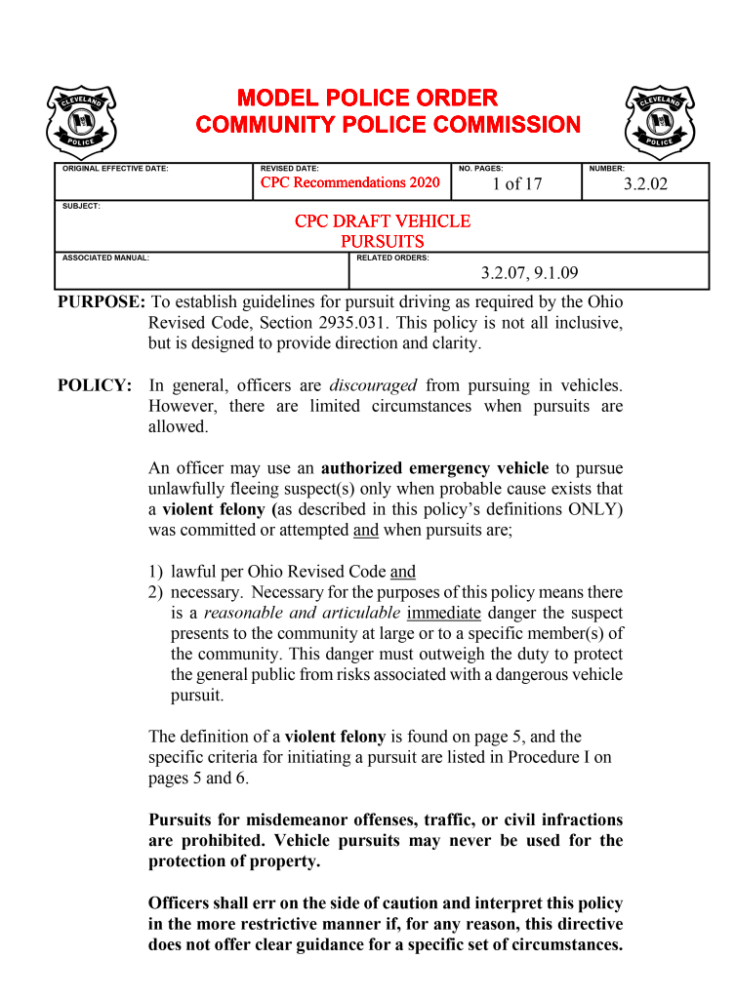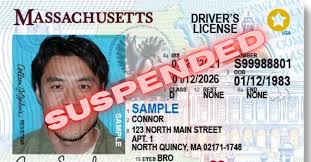Pursuit Policy Law Revisions and Compliance in Arizona
Have you ever been cruising down the road when you spot those flashing lights in your rearview mirror? Your heart races for a moment, even if you haven’t done anything wrong. That’s the way a lot of us react to police chases and it’s an issue that Arizona approaches with caution. The regulations governing police pursuits are in place to prioritize safety while also considering the necessity of apprehending criminals without endangering lives.
The laws in Arizona regarding pursuits set rules on when and how law enforcement can pursue suspects. These regulations are designed to minimize risks for police officers, suspects and innocent bystanders. Its not just a thrilling car chase like in films; it involves making real time choices that balance safety concerns with the necessity of capturing a suspect. However with upcoming changes being implemented the situation is improving and heading in a positive direction.
Recent Changes in Arizona’s Pursuit Policy
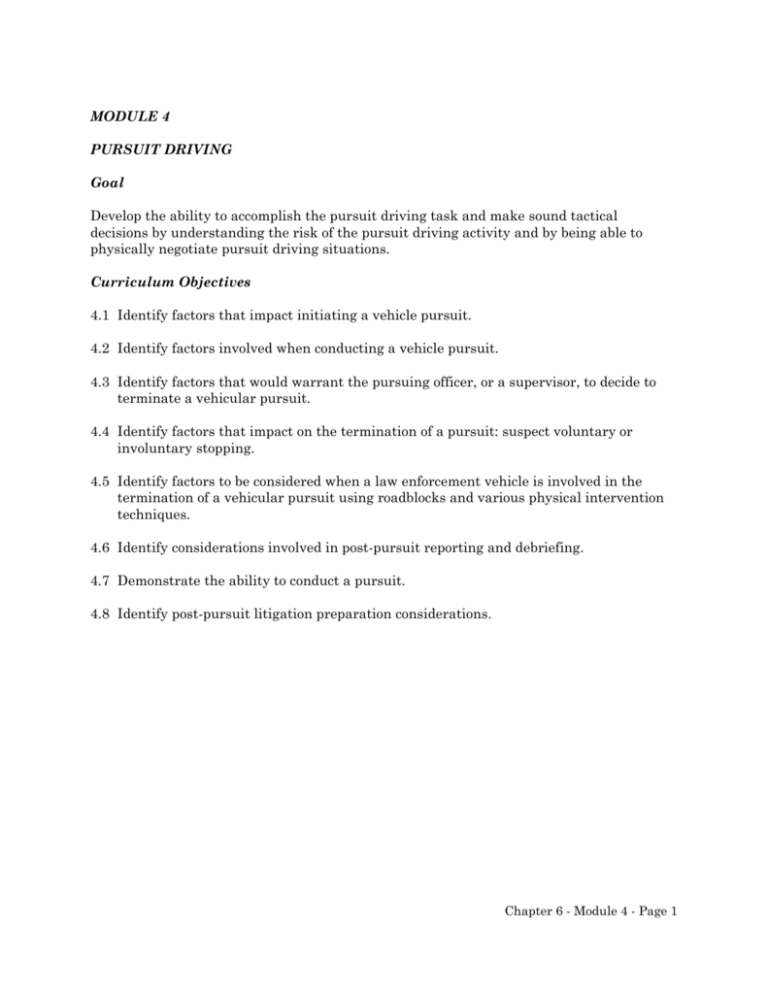
Arizona has recently revamped its pursuit policies in a way that seems to acknowledge the impact of technology and the increasing demand for transparency. The days of law enforcement rushing into a chase without hesitation are now behind us. Officers are now obligated to consider various factors before determining whether to pursue a suspect.
One key update is the use of GPS tracking and helicopters to follow vehicles rather than engaging in dangerous high-speed chases. This reduces risks to civilians on the road. Another change involves stricter rules about pursuing for minor offenses—officers are now encouraged to back off in cases where the suspect doesn’t pose an immediate threat.
The changes made have resulted in a decrease in accidents and injuries. This represents a significant change in thinking and while some officers may feel annoyed by it the lasting advantages of safeguarding lives make it worth it. Ultimately it’s not solely about apprehending someone but doing so in a manner.
How Law Enforcement Agencies Must Comply
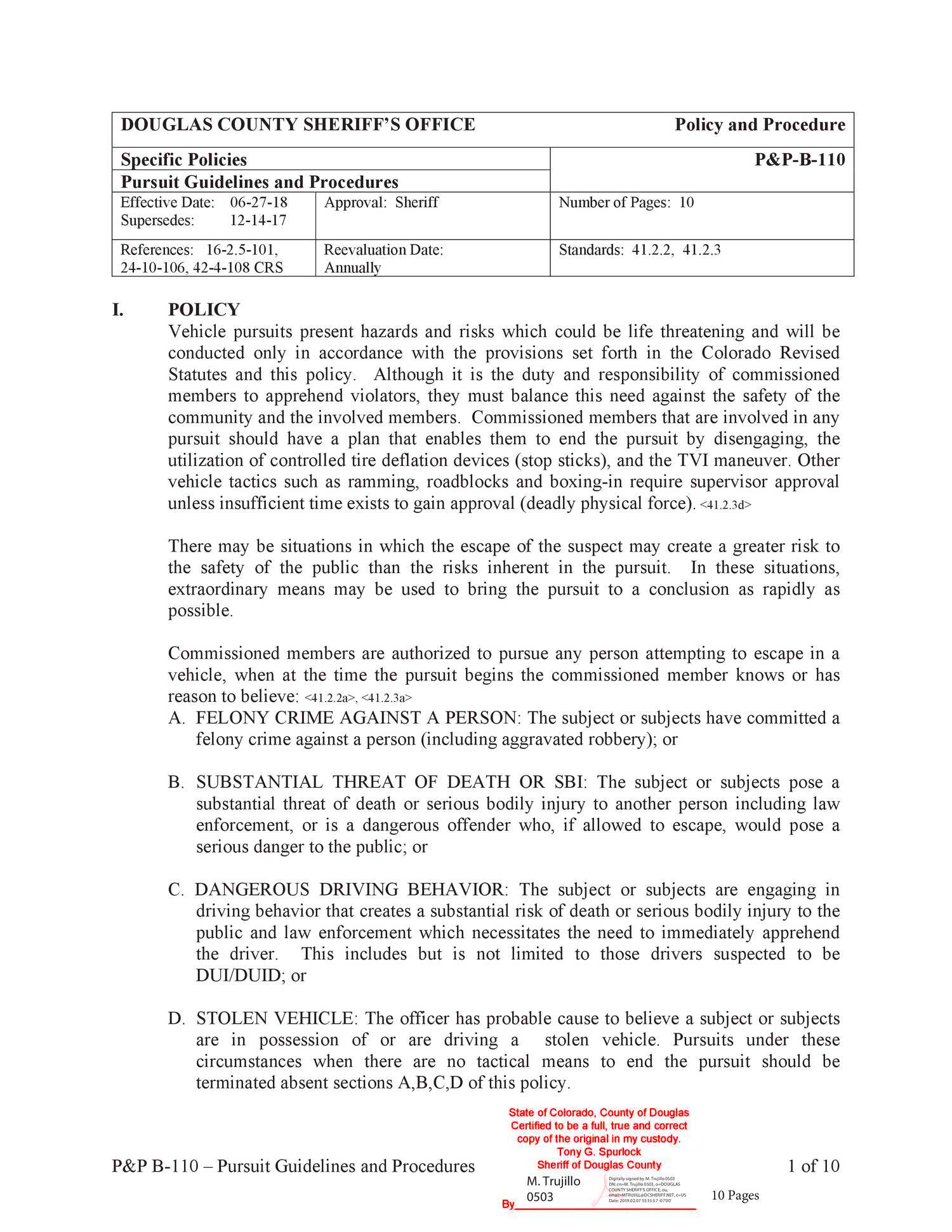
How do police departments adhere to these updated regulations? Following the rules is not a choice; it’s a requirement and there’s a specific procedure to do so. To start off all officers statewide must participate in training sessions that cover the new policies. These sessions involve simulations that allow them to practice making quick decisions in high pressure situations. Trust me that type of training is incredibly valuable.
In addition, departments are now required to install dash cams and body cams in every vehicle involved in a pursuit. The idea is that transparency can help ensure everyone is following the new guidelines. Supervisors also play a key role by monitoring pursuits in real time and have the authority to call off a chase if it gets too risky.
Adhering to regulations isn’t limited to sticking to the guidelines while in a chase; it also involves documenting every pursuit afterwards. Police departments must record all details ranging from the reasons behind the chase initiation to its conclusion. These accounts undergo scrutiny to verify adherence to protocols and if any deviations are found disciplinary measures may be imposed.
To put it simply ensuring that rules and regulations are not merely empty statements but are actually being followed in real life situations across Arizona.
The Role of Public Safety in Policy Adjustments

Ensuring safety is at the core of any policy, particularly regarding police chases. Every choice and adjustment is made with the goal of protecting individuals. I recall an incident in my area during my childhood where a chase took place. It was quite frightening. Cars sped by, accompanied by wailing sirens and people hurried to move aside. That event opened my eyes to the dangers that these pursuits present not only for those directly involved but also for bystanders.
In Arizona the main focus of the revised pursuit policies is ensuring public safety. When officers determine whether to initiate a chase they must take into account various factors,
- The potential threat posed by the suspect
- The traffic and road conditions at the time
- The presence of pedestrians or bystanders
- The severity of the crime
Prioritizing safety is essential, even if it means releasing a suspect for a while. Finding that balance can be challenging but the increasing use of technologies such as GPS tracking has made it more manageable for law enforcement to protect everyone without losing sight of the offender.
Challenges Faced by Officers and Departments
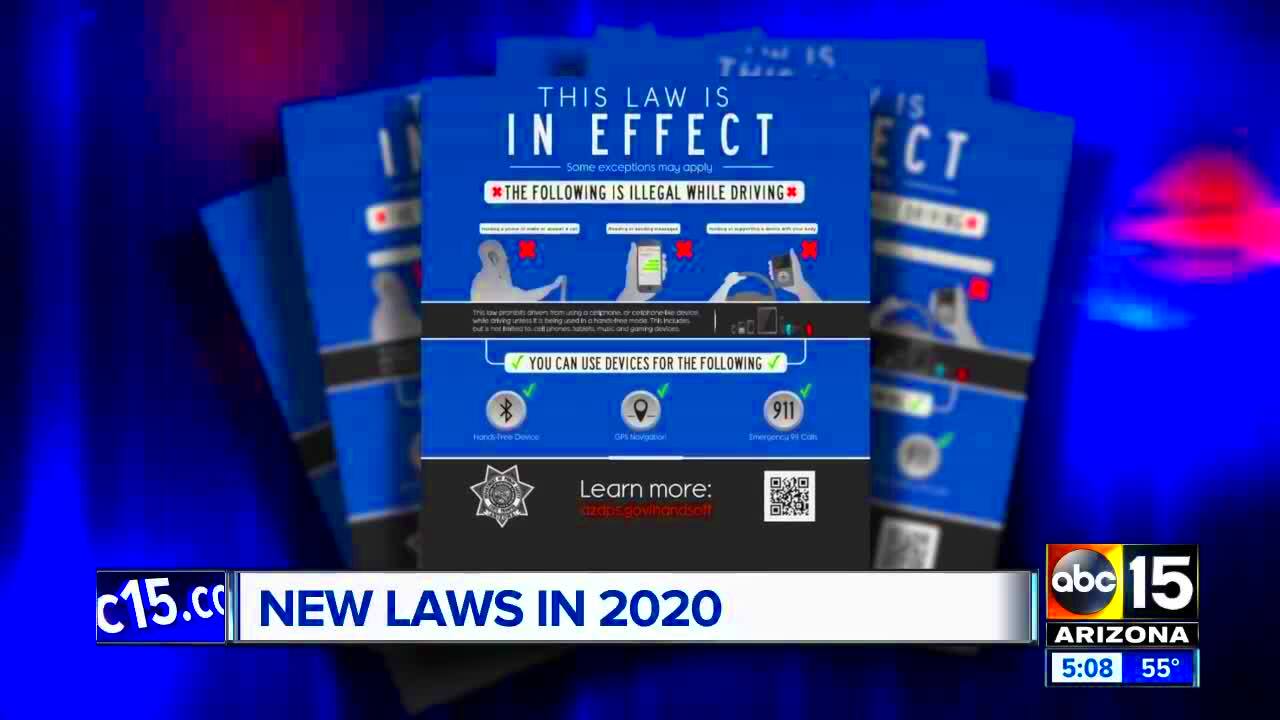
To be frank the changes in policy are an improvement. However they do bring their own set of challenges. If you ask any officer they’ll share how frustrating it is to have to call off a pursuit. Just picture the scenario of chasing down a suspect only to be forced to hold back due to safety concerns. It requires a tremendous amount of self control and composure especially in high pressure situations.
Police departments encounter hurdles when it comes to logistics. One major challenge is the expense involved in adopting technologies such as dash cams, body cameras and GPS systems. While these tools play a role in maintaining compliance not all departments have the funds to acquire them simultaneously. Smaller rural police departments, in Arizona frequently find it difficult to manage the financial strain associated with these advancements.
Then there’s the aspect. Police officers are conditioned to uphold their duty and chase is frequently viewed as an essential part of that responsibility. When instructed to hold back it can sometimes give the impression that they are falling short in their mission. However with time a growing number of officers are coming to understand that prioritizing safety rather than speed is crucial, for long term effectiveness. It’s a challenging shift to make but progress is being made.
To sum up although the motives behind the updates to the policy are well intentioned we should not overlook the real world obstacles. It involves not only altering the regulations but also shifting perspectives.
Impact on Arizona Communities
The impact of these changes in pursuit policies can be felt across communities in Arizona. On one hand people feel relieved knowing that officers are less inclined to get involved in high speed chases brings a sense of security especially in crowded areas. I’ve talked to parents who now feel more at ease allowing their children to play outdoors and that reassurance is truly priceless.
Conversely there are concerns among residents about the potential for criminals to exploit a more lenient stance. Some believe that releasing suspects particularly for crimes could encourage them to reoffend. While this worry is understandable statistics indicate that overall safety is enhanced by steering clear of pursuits.
Addressing these issues has increasingly involved engaging with the community. Law enforcement agencies are organizing gatherings to shed light on the rationale behind policy changes and address inquiries from residents. The focus is on fostering trust. The better the community comprehends the need for these modifications the more inclined they are to endorse them.
Ultimately these changes in policy are reshaping the very essence of Arizonas neighborhoods, gradually over time. Its not solely focused on decreasing the frequency of pursuits but also on fostering a community that is safer, better informed and more actively involved.
FAQs About Arizona’s Pursuit Policy Law
Let’s take a look at the questions that often come up regarding Arizonas pursuit policy laws. Its only normal to feel curious or worried when you learn about changes to laws that affect public safety. Here are some commonly asked questions that could help clarify things for you.
1. Why did Arizona change its pursuit policy?
Arizona has revised its chase policy to enhance safety. Officers now have access to tools such as GPS and helicopters which means they can avoid high speed pursuits in many situations. The focus is on making decisions rather than relying solely on speed.
2. Can police still pursue a suspect if they pose no immediate threat?
Not typically. If the suspect doesn’t pose a threat to anyone right away, law enforcement is now advised to take a step back. They have alternative ways to monitor the suspect instead of putting lives at risk through a pursuit.
3. How do officers decide when to pursue?
Before launching a chase there are several factors to weigh. Law enforcement takes into account the seriousness of the offense, road conditions and the potential hazards for innocent bystanders. Supervisors actively oversee pursuits and have the authority to halt them if they escalate into a situation.
4. Will this policy make it easier for criminals to get away?
While this is a worry the truth is that modern technologies can apprehend wrongdoers without resorting to high speed chases. The focus is on making sure everyone returns home unharmed instead of allowing suspects to flee.
5. How do these laws impact public trust?
Enhancing openness and minimizing risks during police operations have actually fostered greater trust between law enforcement and the community. When individuals feel secure they are more likely to trust their neighborhood police.
Final Thoughts on Policy Revisions
The changes being made to Arizonas pursuit policy are aimed at making the roads safer for everyone. Although it may take a while to implement these revisions fully they show a shift in thinking that prioritizes caution and public safety. While these policies may not be flawless they are heading in the direction. And that’s something we can all get behind.
